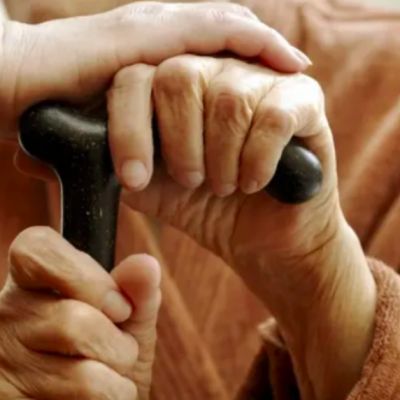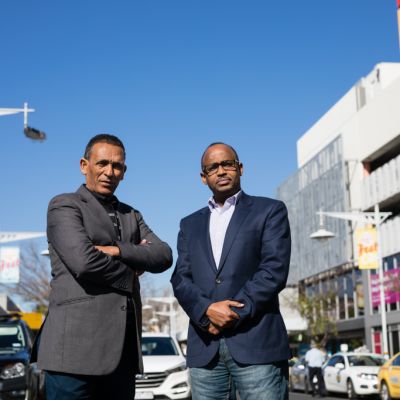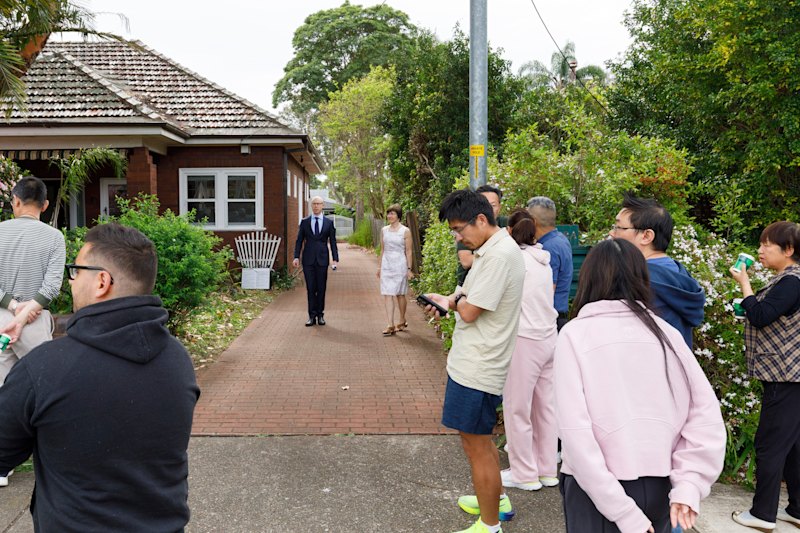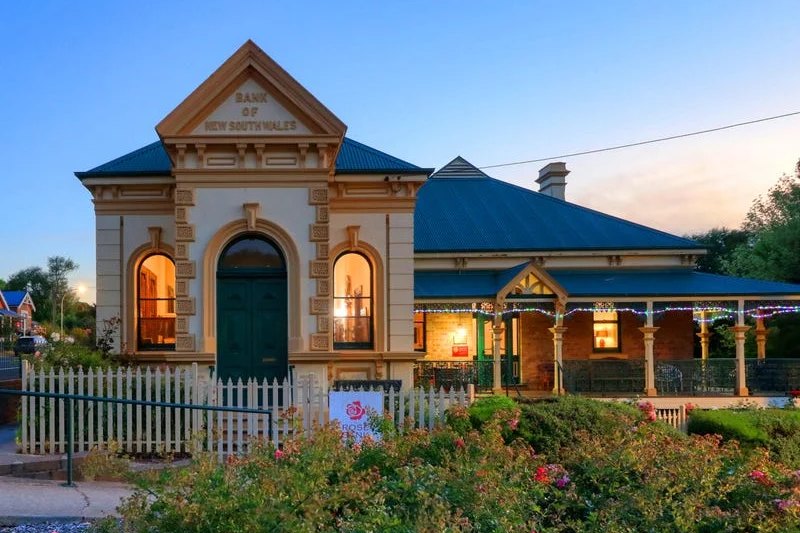Early intervention, age-appropriate response could end youth homelessness: report
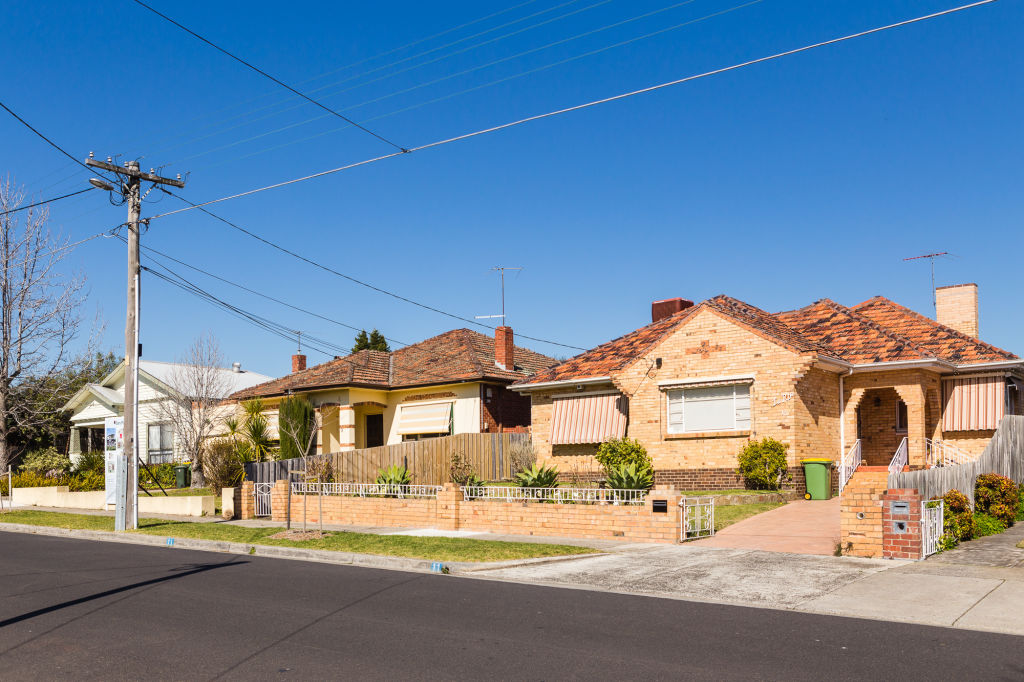
Youth homelessness could be brought to an end within a decade, an expert says, if early intervention measures to help young people at risk are combined with age-appropriate housing options for those who fall through the cracks.
And a push to keep young people housed could also reduce rates of early school leaving, new research has found.
The research is particularly urgent amid the coronavirus pandemic, where stable housing is key to slowing the spread of the outbreak.
But University of South Australia associate professor and lead researcher on the new report David MacKenzie is realistic about the long-term task ahead for the roughly 40,000 15 to 24-year-olds experiencing homelessness across the country.
“It would take probably about 10 years to implement,” he told Domain, ahead of the release of the Australian Housing and Urban Research Institute’s report, Redesign of a homelessness service system for young people.
“In Australia we could ultimately end homelessness. That’s not an impossible thing to do, but it requires some serious system changes.”

The research looked at a case study of an early intervention model known as The Geelong Project which found a 40 per cent decrease in 12 to 18-year-olds entering the specialist homelessness services system, while also reducing disengagement from school.
The model relies on identifying students at risk of becoming homeless before a crisis occurs.
One tool it uses is a school-wide survey, asking questions such as whether they feel safe at home, whether they have stayed on a friend’s couch recently, if they feel their life has meaning, or if they go to bed hungry.
A list of students whose scores suggest they are at risk is then cross-checked with teachers’ own lists of anyone they hold concerns for.
Students can be matched to appropriate help, ranging from a group session on bullying to weekly meetings with program workers helping arrange services they need.
Another early intervention measure recommended by the report is extending state care.
Young people in the state care system are supported until they turn 18 but are then generally expected to move into independent living.
“That’s a pretty tall order for an 18-year-old to take on,” Associate Professor MacKenzie said, adding about a third of these young people became homeless within about a year of leaving care.
“There’s been a big campaign to extend state support for care until at least 21.”
The report also calls for better co-ordination across organisations, linking homelessness service providers with schools. And it suggests expanding “entry points” – one-stop shops for a range of support services – that already exist in some states across the country.
For young people who do become homeless and can’t return to live with their family, the report calls for urgent changes to social housing.
Although young people were more than half of singles who sought help from homelessness services, they were only 2.9 per cent of principal tenants in social and public housing in Australia, the research found.
The business model of social housing means providers are hesitant to accept young residents because of their low and insecure incomes, according to the report.
Instead, a youth-specific social housing company offering an initial very low rent, scaled up to become closer to a commercial rent over three to five years, has been introduced in NSW and could be expanded nationally.
“If we put all of those things together, we would also measurably bring down the number of young people who are homeless and fending for themselves,” he said.
“Unlike a lot of services that say, ‘We need more crisis services’ – yes, there is a case for that, but if that’s all we ever propose there’s no end to it.”
He noted the COVID-19 imperative to keep young people in secure housing to avoid them endangering themselves or others.
“Any young person who becomes homeless ought to be supported to be placed in a safe, secure, serviced environment for the duration of this crisis, for their own protection and the protection of all of us.”
We recommend
We thought you might like
States
Capital Cities
Capital Cities - Rentals
Popular Areas
Allhomes
More
- © 2025, CoStar Group Inc.
